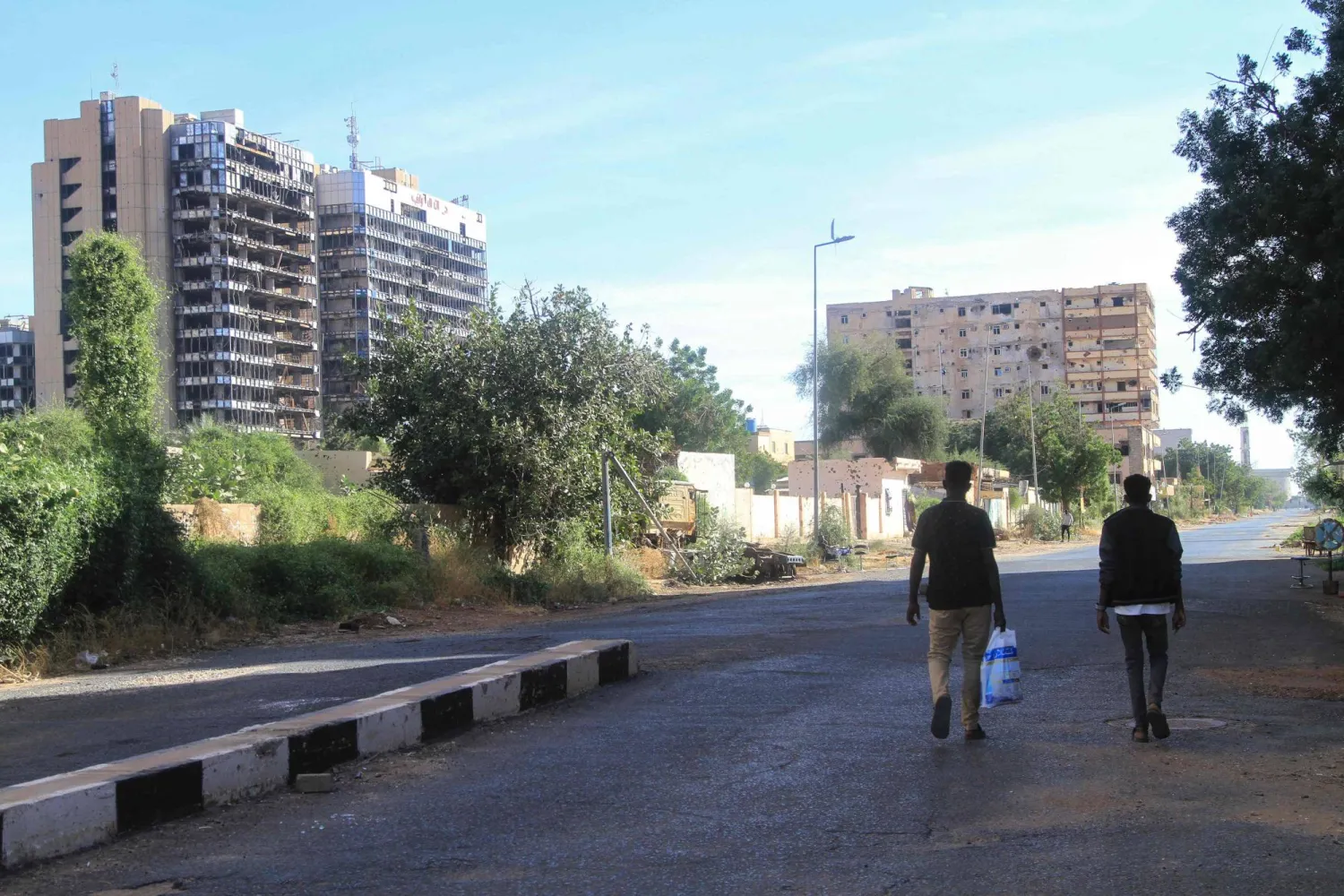Geneva is hosting two meetings on Friday. The first between US Secretary of State Antony Blinken and his Russian counterpart, Sergey Lavrov, to discuss Ukraine, and the second between UN Envoy to Syria Geir Pedersen and US Official Ethan Goldrich to review the Syrian situation and propose a “step for step” approach.
Undisputedly, the two meetings do not have the same strategic importance and consequences. But once again, a thread is surfacing between the Syrian and Ukrainian issues. This link goes back to 2014 when Russian President Vladimir Putin decided to take on the Ukrainian adventure and then annexed Crimea in March 2014. At that time, Moscow asked Damascus to show firmness in the peace process negotiations that were taking place in Geneva.
Putin then intervened militarily in Syria at the end of 2015 and obtained an agreement from President Bashar al-Assad for a long-term establishment in the bases of Latakia and Tartus. At the time, Assad was quoted as telling Russian officials that Moscow “owed him” to consolidate its influence in the Middle East and that he was not like former Ukrainian President Viktor Yanukovych, who fled to Russia in February 2014.
Putin says he wants written guarantees from the United States that NATO would not expand near its border in Ukraine. But Putin himself was intensifying Russian presence near the NATO borders when he established the Hmeimim base in western Syria and deployed advanced S-400 and S-300 missile batteries there, tens of kilometers from the NATO advanced base in Incirlik, southern Turkey. Since then, relations of “hostile cooperation” between Russia and Turkey have escalated in the Syrian theater and other regional and bilateral matters.
Another link between Ukraine and Syria surfaced in Turkish-Russian relations. Ankara refused to recognize the annexation of Crimea, developed its strategic relations with Kiev, providing it with the Bayraktar Combat Drones, which played a major role in changing the course of military battles against other Moscow-backed forces, such as in Libya, northwestern Syria, and Nagorno-Karabakh. As for Moscow, it continued to support the eastern Ukraine region. It is currently deploying tens of thousands of soldiers on the border and offering Europe and America its conditions for reversing the incursion.
Within this broad picture and strategic game, both Moscow and Washington eye Syria. Moscow provided an umbrella for normalization between Damascus and Crimea, by signing an agreement to link the port of Latakia and Crimea to be the crossing to Russia. The port of Latakia (and Tartus) is now in the hands of Moscow, which is trying to keep Tehran away from it and the warm waters of the Mediterranean and to protect it from Israeli raids.
Washington and Moscow cooperated on humanitarian aid across the Syrian border, and the prevention of military clashes east of the Euphrates. However, the diplomatic clash between the two capitals can be both loud and silent. The Russian side encourages Arab normalization with Damascus and refuses to see Pedersen’s “step for step” proposal as an alternative to the Astana process, which Moscow is running in cooperation with Ankara and Tehran. As for the US side, it opens the horizon of the “step for step” approach in its broader view and seeks to control the paths of Arab normalization with Syria.
What's new in the US position on Syria is the transition from “negative neutrality” to “positive engagement.” Washington launched a campaign through diplomatic channels towards several Arab countries to limit unilateral normalization steps with Damascus and prevent the country’s return to the Arab League before paying a price in the political process and “getting rid of Iranian influence.” This has put the idea of holding the Arab summit in Algeria at the end of March at stake.
After the Afghan experience, Joe Biden’s administration does not want another failure in Ukraine, Syria, or in the negotiations on the Iranian nuclear program, amid growing pressure from Congress ahead of the upcoming elections.
According to an Arab diplomat who was briefed on the protest letter, Washington said that the continuation of the freezing decision conveyed a message that atrocities would not be tolerated, and that the regime must implement concrete and real steps before Arab countries make the move.
Some of the measures that Damascus is required to take on the political process under UN Security Council Resolution 2254, including “getting rid of Iran’s influence,” which is a matter agreed upon by Arab countries and Washington with the aim of “confronting Iran’s destabilizing behavior” for the sake of stability in the region.
Washington and its allies are aware of Jordan’s need to open economic channels with Syria, and the necessity to provide Damascus with other options to reduce Iran’s influence, which explains the support for the “Arab Gas Pipeline” and “electricity network” projects benefiting both Syria and Lebanon.
However, at the same time, US officials asked the Jordanian side whether it had obtained any concessions from Syria.
They asked: “Have the smuggling of illegal drugs and Captagon been stopped? Did you get security guarantees? Are the limits set? Did you get assurances for the safe return of the refugees?”
Washington also stressed that normalization should not be free of charge, calling on the Russian side to fulfill its obligations towards achieving stability in southern Syria and preventing smuggling across Jordan’s borders.
The Americans have repeatedly told their European and Arab allies that they “need to coordinate with us before making any move.” Washington “does not like surprises”... because it wants, as does Moscow, to put the Syria on the negotiating table and link it to other issues of varying priorities for the major stakeholders.









